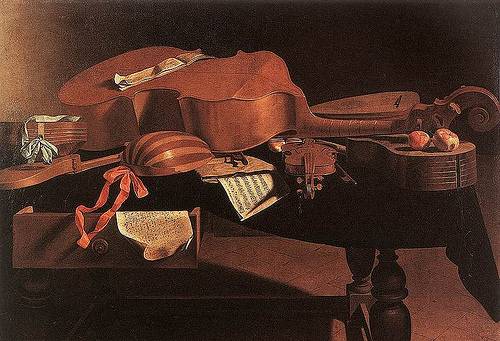In 1875, the Associated Press reported a novel business enterprise being planned near Lacon, Ill. A prospectus summed it up:
Glorious Opportunity To Get Rich!!! — We are starting a cat ranch in Lacon with 100,000 cats. Each cat will average 12 kittens a year. The cat skins will sell for 30 cents each. One hundred men can skin 5,000 cats a day. We figure a daily net profit of over $10,000. Now what shall we feed the cats? We will start a rat farm next door with 1,000,000 rats. The rats breed 12 times faster than the cats. So we will have four rats to feed each day to each cat. Now what shall we feed the rats? We will feed the rats the carcasses of the cats after they have been skinned. Now Get This! We feed the rats to the cats and the cats to the rats and get the cat skins for nothing!
It was only a hoax dreamed up by local newsman Willis Powell, but, legitimized by AP’s coverage, the story bounced around the country for 65 years before the National Press Club finally debunked it in 1940. There’s a moral here somewhere.



